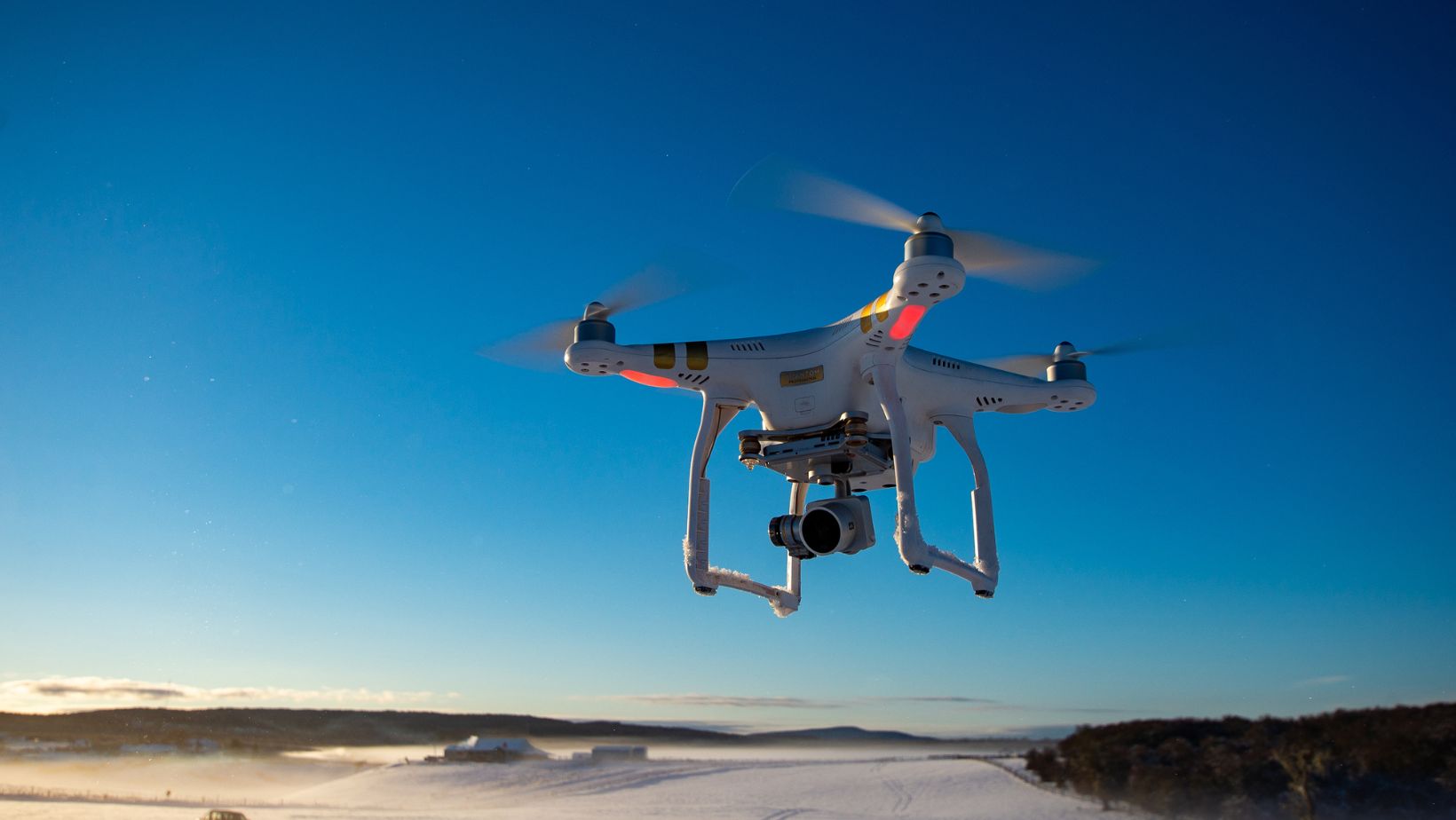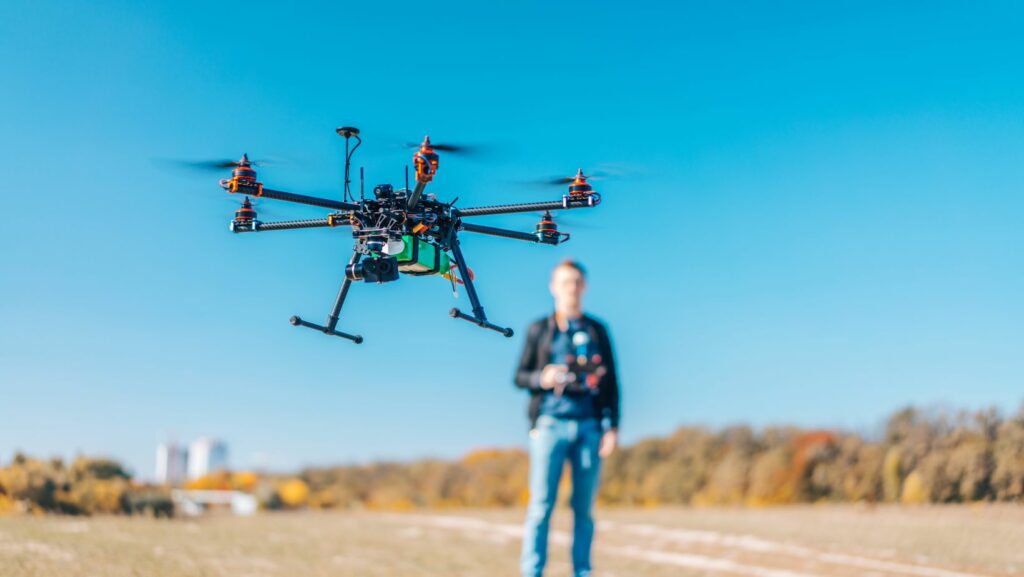Key Takeaways
- Importance of Botanical Gardens: They serve as living herbaria, showcasing plant diversity while playing a vital role in conservation and education efforts.
- Living Collections: Botanical gardens maintain live specimens that support research in ecology and botany, allowing for real-time observation of plant interactions.
- Educational Value: Through workshops, guided tours, and events, these gardens provide hands-on learning experiences that foster appreciation for biodiversity among visitors.
- Conservation Efforts: Botanical gardens contribute to the preservation of endangered plant species, ensuring genetic diversity and resilience through targeted propagation programs.
- Challenges Ahead: Environmental threats and funding limitations pose significant challenges to the sustainability and functionality of botanical gardens.
- Future Innovations: Embracing technology and forming partnerships will be crucial for botanical gardens to enhance their operations and strengthen conservation initiatives.
Botanical gardens serve as vibrant living herbaria, showcasing the incredible diversity of plant life. These lush sanctuaries not only captivate visitors with their beauty but also play a crucial role in plant conservation and education. By preserving various species in their natural habitats, botanical gardens offer a unique opportunity to study and appreciate the intricate relationships within ecosystems.
As living collections, botanical gardens provide invaluable resources for researchers and enthusiasts alike. They facilitate ongoing studies in botany, ecology, and horticulture, ensuring that knowledge about plant species is passed down through generations. In a world facing rapid environmental changes, the significance of these gardens becomes even more pronounced, highlighting their role in safeguarding our planet’s botanical heritage.
Botanical Gardens Are Living Herbaria Comment
Botanical gardens serve as crucial institutions that emphasize plant diversity and conservation. They provide opportunities for education, research, and community engagement.
Definition and Purpose
Botanical gardens are dedicated spaces that cultivate a wide variety of plants for purposes such as conservation, education, and display. These gardens feature living collections of plants, including native and exotic species, that are arranged in a systematic manner for study and appreciation. They function as centers for research in botany and horticulture, often partnering with universities and conservation organizations. Additionally, they raise public awareness about plant conservation, ensuring visitors understand the importance of preserving biodiversity.
Historical Significance
Botanical gardens trace their origins to ancient civilizations where they served as gardens of medicinal plants. The first modern botanical gardens emerged during the Renaissance in Europe, promoting scientific inquiry and classification of plants. Their role expanded in the 18th and 19th centuries, aligning with the development of systematic botany. Today, botanical gardens continue to honor this legacy by conducting research, nurturing endangered plant species, and providing a historical context for the evolving relationship between humans and plants.
Living Herbaria Concept
Botanical gardens function as living herbaria, housing living collections of plants that represent ecological diversity and serve multiple functions in conservation and education.
Explanation of the Term
Living herbaria refer to botanical collections that maintain live plant specimens instead of traditional dried plant materials. These gardens cultivate various species, showcasing their growth, health, and ecological interactions. Living herbaria facilitate hands-on learning and research, allowing botanists and visitors to observe plants in their natural states.
Importance in Conservation
Living herbaria play a crucial role in conservation efforts by preserving genetic diversity among plant species. They act as repositories for endangered plants, enabling the backup of genetic material that might be lost in the wild. Gardens engage in targeted propagation programs, ensuring that rare and vulnerable species have a higher chance of survival. Additionally, these spaces provide educational programs that raise awareness about plant conservation and the importance of biodiversity, helping to foster a culture of environmental stewardship among the public.
Benefits of Botanical Gardens
Botanical gardens offer numerous benefits that extend beyond their aesthetic appeal. They serve as essential hubs for education, research, and conservation, collectively contributing to the understanding of plant biology and the preservation of biodiversity.
Educational Opportunities
Educational programs in botanical gardens provide invaluable opportunities for hands-on learning. Workshops, guided tours, and interactive exhibits engage visitors of all ages, fostering an appreciation for plant diversity and ecology. Schools often partner with these gardens to enhance curricula, allowing students to explore topics like ecology, botany, and environmental science in immersive settings. Special events and lectures led by experts further enrich community knowledge and promote awareness about the importance of plant conservation.
Research and Conservation Efforts
Botanical gardens facilitate significant research and conservation initiatives. They maintain living collections that support studies in botany, horticulture, and ecology, enabling scientists to conduct vital research on plant species and their habitats. Their role in conservation extends to participating in programs focused on the propagation of endangered plants, ensuring genetic diversity and resilience against threats like climate change and habitat loss. Collaboration with universities and conservation entities enhances the effectiveness of these efforts, creating a network of information and resources dedicated to preserving plant life for future generations.
Challenges Faced by Botanical Gardens
Botanical gardens encounter various challenges that impede their functionality and sustainability. Key obstacles include environmental threats and limitations in funding and resources.
Environmental Threats
Environmental threats significantly impact botanical gardens. Climate change causes shifts in temperature and precipitation patterns, affecting plant growth and ecosystems. Invasive species challenge native flora, leading to decreased biodiversity and altered habitats. Pollution, including urban runoff and air pollutants, can harm sensitive plant species. Additionally, habitat loss continues due to urban development and agricultural expansion, putting added pressure on already vulnerable plant populations.
Funding and Resource Limitations
Funding and resource limitations hinder the full potential of botanical gardens. Many gardens operate on tight budgets reliant on public funding, donations, and grants. Unexpected reductions in funding can lead to staff layoffs, decreased maintenance of collections, and the cancellation of educational programs. Resource limitations also affect research capabilities, limiting the ability to conduct conservation projects and extensive educational outreach. Without sufficient financial support and resources, botanical gardens struggle to maintain living collections and fulfill their essential roles in conservation and education.
Future of Botanical Gardens
Botanical gardens face an evolving landscape of opportunities and challenges as they adapt to changing environmental and societal needs. Innovations in management and potential partnerships will play crucial roles in shaping their future.
Innovations in Management
Innovations in management strategies enhance the operational efficiency of botanical gardens. Implementing advanced technology, such as automated irrigation systems and smart sensors, optimizes resource use and reduces waste. Integrating data analytics allows for more informed decision-making regarding plant care, visitor engagement, and conservation efforts. Incorporating digital platforms for virtual tours and online educational content expands outreach, fostering global learning experiences. Emphasizing sustainability practices, such as composting and native plant landscaping, contributes to eco-friendly operations, increasing resilience against environmental threats while exemplifying conservation principles.
Potential Partnerships
Potential partnerships present valuable opportunities for botanical gardens to strengthen their impact. Collaborating with universities can facilitate research initiatives, creating a pipeline for innovative projects related to plant biology and conservation. Engaging with local governments promotes community involvement and access to funding resources for educational programs. Forming alliances with conservation organizations enables the exchange of knowledge on best practices for preserving endangered species. Partnerships with corporations can provide financial backing for infrastructure improvements and sustainability projects. By fostering collaborations across various sectors, botanical gardens can enhance their educational roles and expand their conservation efforts, ensuring a robust future in biodiversity preservation.
Essence Of Plant Diversity And Conservation
Botanical gardens serve as vital living herbaria that embody the essence of plant diversity and conservation. They not only provide a sanctuary for endangered species but also foster a deeper understanding of the intricate relationships between plants and ecosystems. As they navigate the challenges of funding and environmental threats, these gardens remain committed to education and research.
By embracing innovative practices and forming strategic partnerships, botanical gardens can enhance their roles in biodiversity preservation. Their ongoing efforts will be crucial in inspiring future generations to appreciate and protect the planet’s botanical heritage. The future of botanical gardens looks promising as they continue to adapt and thrive in an ever-changing world.


















